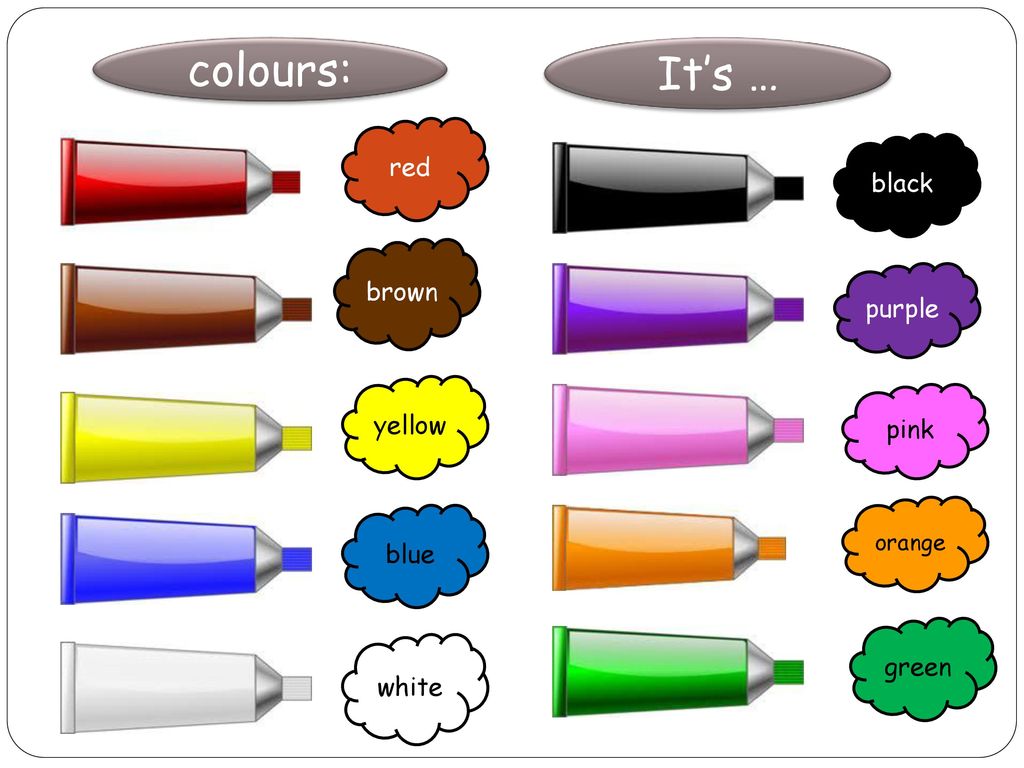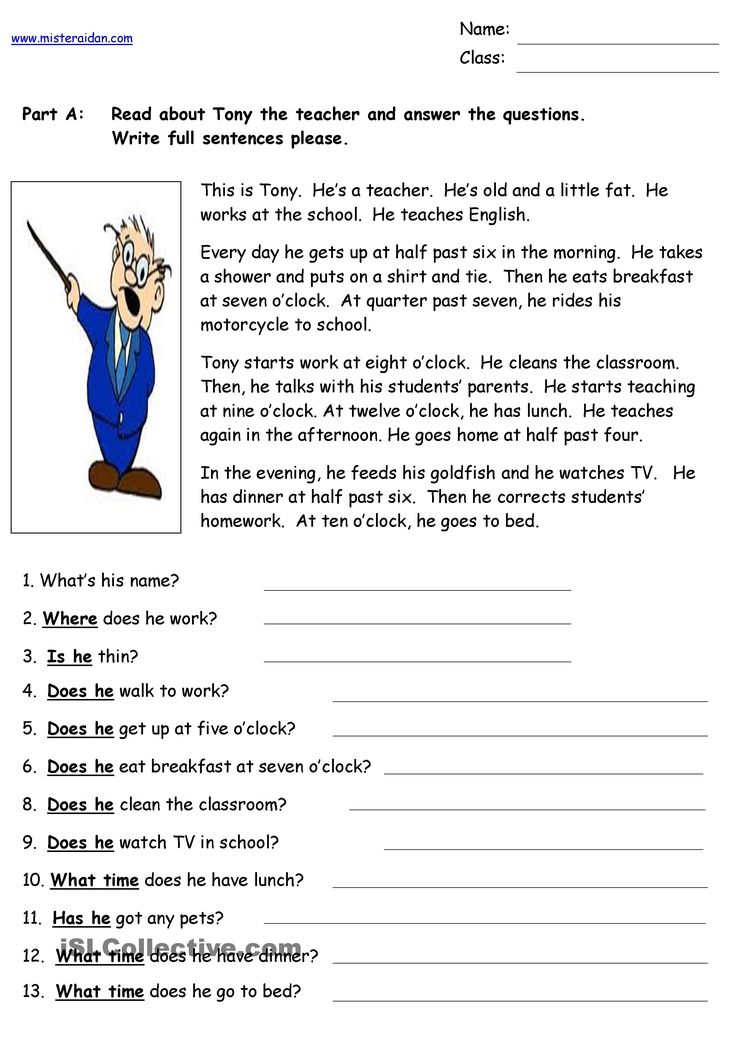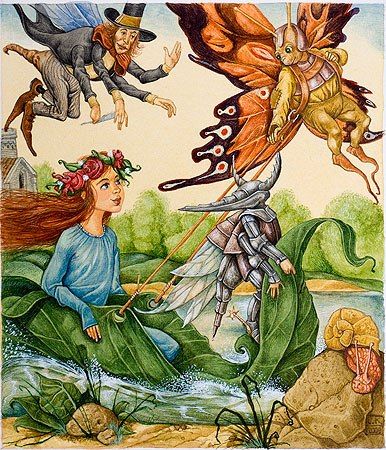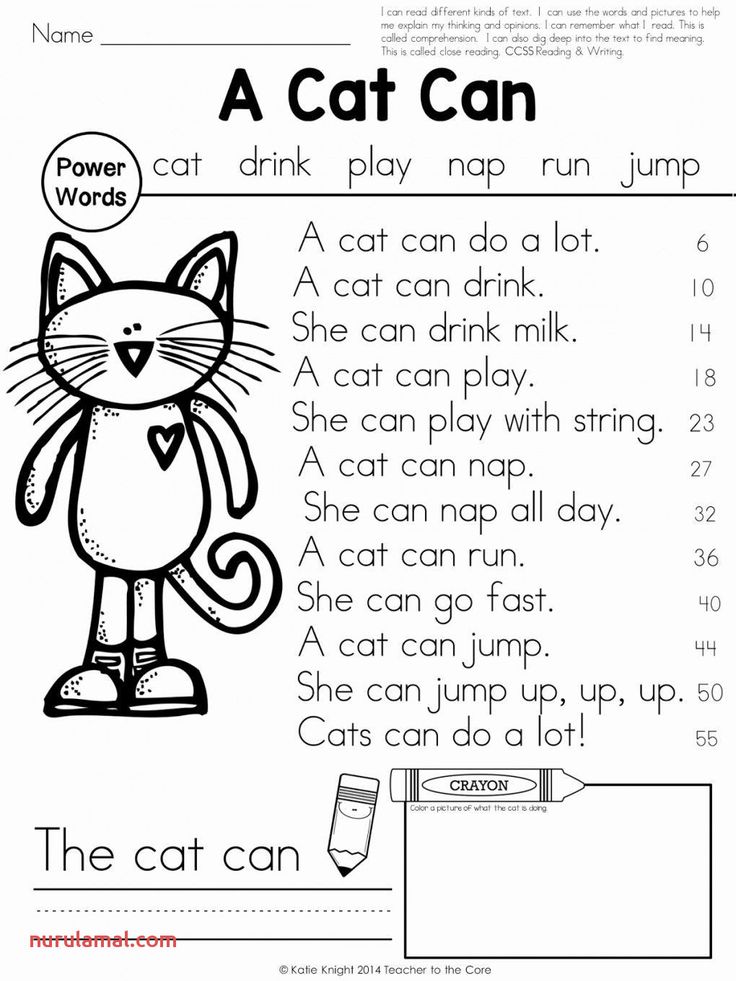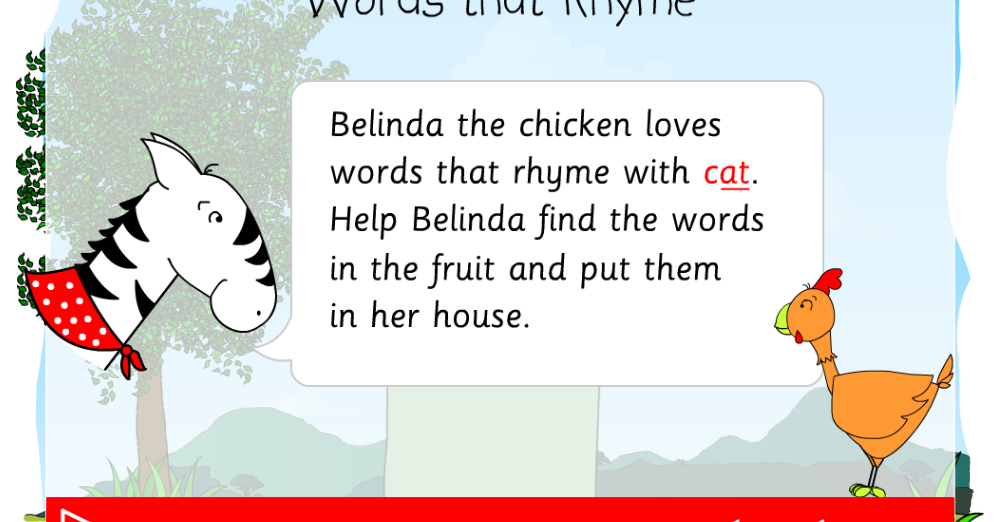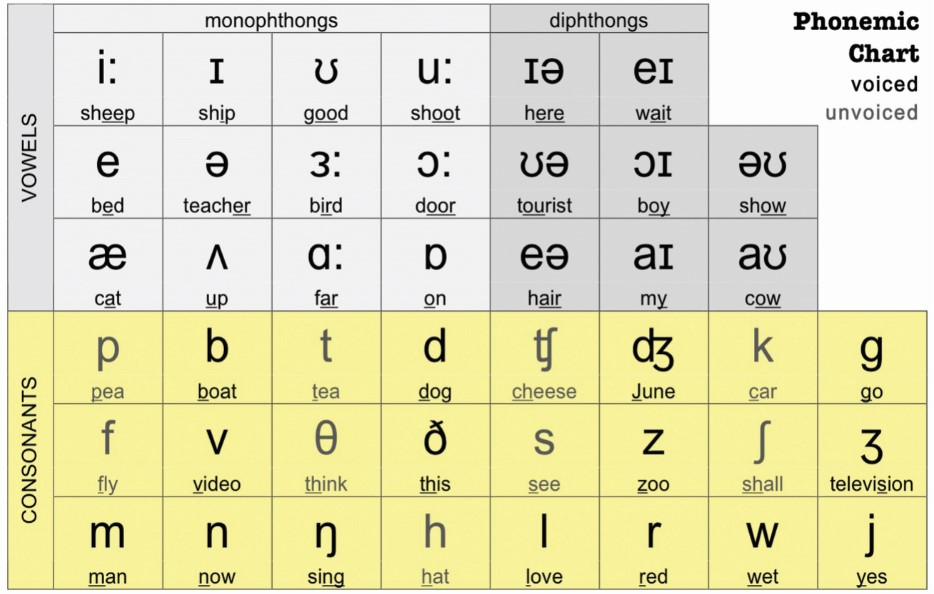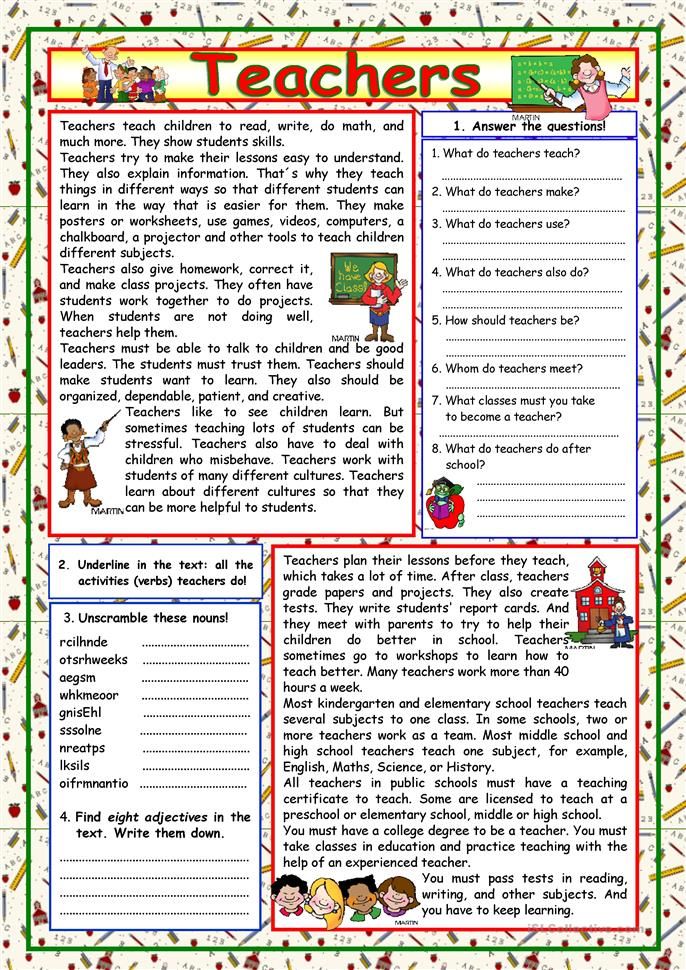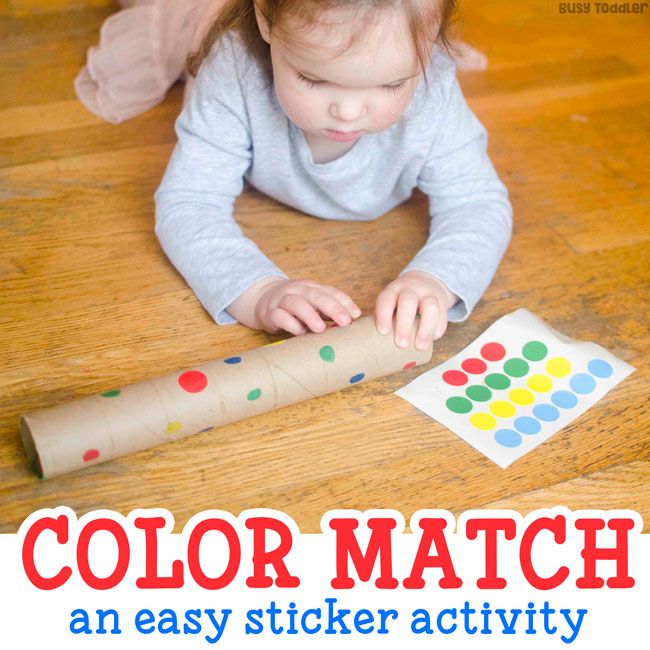Learn colours in english
Essential Colors to Learn in English
We often describe things in terms of size, shape, and color. While learning English, it is crucial to learn about these essential colors to improve your vocabulary.
By the end of this article, you won’t just learn about the essential colors in the English language, you will also be able to talk about different shades too.
A list of useful colors in English:
The below list will help expand your vocabulary of colors in English and will also help you communicate easily with a native speaker:
- Red
- Orange
- Yellow
- Green
- Blue
- Purple
- Pink
- White
- Gray / grey
- Brown
- Black
Colors of the rainbow in English
A rainbow is an interesting natural phenomenon that you’ll be familiar. Light is divided into a spectrum of seven colors:
- Violet
- Indigo
- Blue
- Green
- Yellow
- Orange
- Red
Here is an interesting tip to remember the colors of the rainbow in English. The acronym VIBGYOR will help you remember the colors of the rainbow easily.
Now that we have learned the essential colors and the rainbow colors, let’s look at the types of colors.
Types of colors:
-
3 primary colors: red, yellow and blue
-
3 secondary colors: orange, green and violet
-
6 tertiary colors: red-orange, yellow-orange, yellow-green, blue-green, blue-violet and red-violet
Primary colors are the three colours that cannot be produced by mixing other colors.
Secondary colors are created by combining two primary colors (example: red [primary color] + yellow [primary color] = orange [secondary color]).
Tertiary colors are formed by mixing a primary and a secondary color. For example, red (primary color) + orange (secondary color) = red-orange.
You can experiment and mix different colors to achieve different results.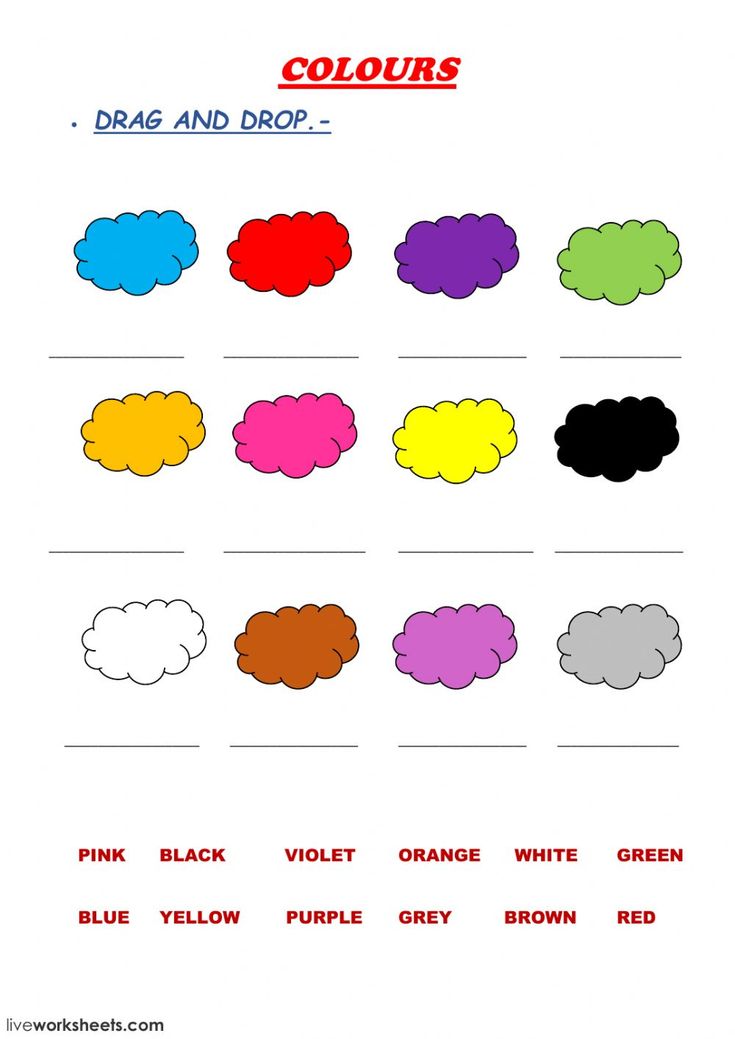
Color models
There are two color models, each with their own set of purposes and characteristics.
- CMYK: CMYK stands for cyan, magenta, yellow and key (black). You might be interested to know that the term “key” is shorthand for black, which comes from traditional printing where a key plate is used to apply the detail of an image using black ink.
The CMYK model is a subtractive model, which means that colors are created by absorbing visible light wavelengths. The wavelengths of light that are not absorbed are reflected, and this reflected light is what we see as color.
- RGB: RGB is an abbreviation for red, green, and blue. It is applicable to computers, televisions, and electronic devices. The RGB model is an additive model, which means that colors are created by adding light waves together in specific combinations to produce colors.
Learn more English with Busuu
Learning colors is one of the basic skills that you need to learn while learning English.
Become a pro in English with Busuu. Our award-winning online course teaches you the simple, everyday language you’ll actually use.
Get started today
Why does “color” have two different spellings?
You might have heard that color can also be spelled as colour. Both have different spellings, but they have the same meaning.
The word “color” is the standard spelling for American English, while the word “color” is the standard spelling for British English. They are used in the same contexts but have different spellings depending on which side of the Atlantic you’re on.
Why does "gray” have two different spellings?
Gray and grey are two different ways of spelling the same word. The only fundamental difference between the two is that “grey” is widely accepted in British English, whereas “gray” is used in American English.
Essential English colors and their meanings
Now, let's come to the most essential part and learn the colors as well as what they typically symbolize in English-speaking countries:
- Red: Red is a color of anger, love and danger
- Orange: Orange represents energy, enthusiasm and warmth
- Yellow: Yellow denotes happiness and positivity
- Green: Green symbolizes nature.
 The color green represents jealousy and good luck
The color green represents jealousy and good luck - Blue: Blue represents stability, inspiration and wisdom
- Purple: For centuries, the color purple has been a sign of royalty. It also represents power and luxury
- Pink: The color pink represents femininity, kindness and affection
- White: White is associated with peace, purity and innocence
- Gray / grey: Grey/gray is considered to be an emotionless color. So, we can associate grey/gray with dullness. Can you associate grey with something?
- Brown: Brown is associated with stability, reliability and strength
- Black: Black is frequently associated with death, evil and negativity
How to use colors in a sentence
There are three different ways to describe the color of something:
- My brother's car is black.
- The black car is my brother's.

- Black is the color of my brother's car.
Now that we know the essential colors in the English language, rainbow colors, different colors and their meanings, and ways to describe the color of things, the only thing left to learn about colors is describing their different shades.
Colors have different shades. For example, we can have dark green, light green and bright green.
There can be times when we aren't exactly sure how to describe a color. During such times, we can use the suffix -ish. Fluent English speakers often use -ish to describe colors. For example, a color can be: orangish, reddish, greenish
Go beyond the colors with Busuu’s online English course
We’re Busuu, the language-learning app, and we help people really learn English.
Level up with help from online courses crafted by language experts, support from our community of 120+ million native speakers and more.
Learn English with Busuu
Learn Colors in Spanish Easily
written by
Elina Varzi
Full disclosure: This post contains affiliate links.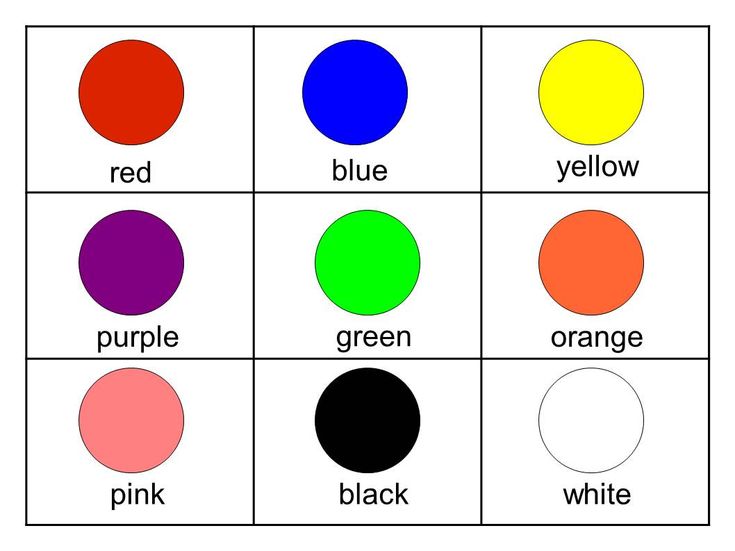 ?
?
Learning colors in Spanish is really important and should be among the first topics you master.
Colors are everywhere, and knowing them really well will allow you to talk about so many different topics — from clothes to food to art to many other topics. Color words are important for many things, from creative writing and understanding poetry to pointing out objects and even talking about your likes and dislikes.
In this article, we will look at colors in Spanish as well as some important grammar rules. For instance, unlike in English, color words in Spanish often change according to the gender and number of the noun they describe — but more on that, with some examples, later.
We’ll also cover a few useful expressions in Spanish with color words.
All the Colors in Spanish
Let’s take a quick look at all the colors in Spanish — los colores.
- Rojo — red
- Amarillo — yellow
- Azul — blue
- Negro — black
- Blanco — white
- Verde — green
- Morado, púrpura — purple
- Anaranjado, naranja — orange
- Marrón, café — brown
- Rosado, rosa — pink
- Gris — grey
- Beige — beige
- Ocre — ocher
- Escarlata — scarlet
- Granate — maroon
- Dorado — gold
- Plateado — silver
- Borgoña — burgundy
- Marfil — ivory
- Indigo, añil — indigo
- Bronce — bronze
- Cobre — copper
- Turquesa — turquoise
- Ámbar — amber
- Aguamarina — aquamarine
- Cian — cyan
- Limón — lemon
- Lima — lime
- Violeta — violet
- Lila — lilac
- Salmón — salmon
- Fucsia — fuchsia
- Magenta — magenta
- Champaña — champagne
- Jade — jade
How to Talk About Shades of Color in Spanish
If you need even more colors in Spanish — say, you are talking about a painting and want to discuss subtle shades of color, here is how you can do that.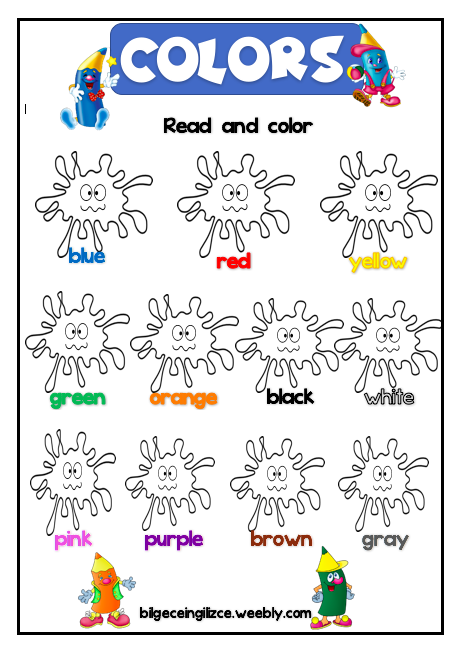
The most common words you can add are claro, oscuro, and fuerte.
To talk about light shades, add claro, which literally means “clear” or “light” — azul claro (“light blue”), verde claro (“light green”)
To talk about dark shades, add oscuro, which means “dark” — azul oscuro (“dark blue”), verde oscuro (“dark green”)
When you say a color is fuerte, it means that it’s bright and intense — azul fuerte (“bright blue”), verde fuerte (“bright green”)
There are even more shades of color in Spanish that you can make by adding other words:
Lila pálido — “pale lilac”
Azúl eléctrico — “electric blue”
Naranja pastel — “pastel orange”
Verde intenso — “deep green”
By the way, note that all the words that help you identify shades of color come after the color words. While we say “light blue” in English, the Spanish equivalent is azul claro.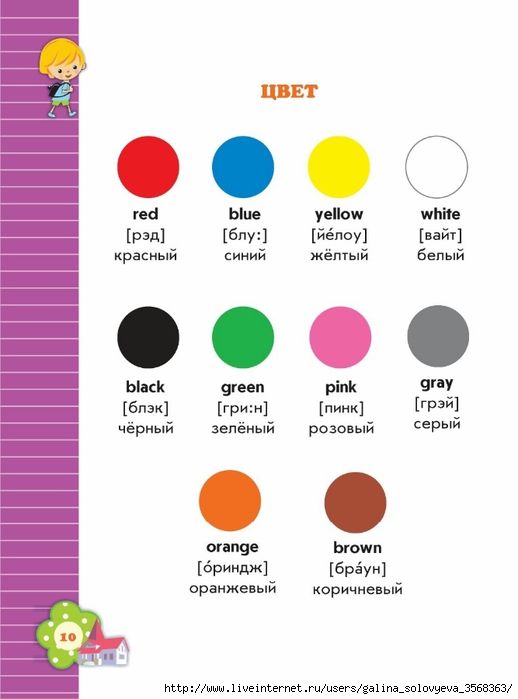
How to Memorize Colors in Spanish
Wow, that’s so many colors! I know, it’s hard to memorize them all at once. There is one thing that can help you memorize colors in Spanish, other vocabulary units, and learn the language overall — flashcards.
Flashcards have proven themselves over centuries of use and still remain effective, if used properly. It is a simple and fun way of using “active recall” for learning vocabulary.
You probably do not want to make the flashcards the old-fashioned way — write words and their translations with pen or pencil on pieces of paper. But don’t worry, modern technology has got you covered.
The Grammar of Colors in Spanish
There are a few things that you need to be aware of when using color words in the Spanish language, such as word order, the gender and number of nouns, the verbs you can use with colors.
Word Order for Spanish Colors
In Spanish, unlike in English, adjectives, including color words, are used after the nouns they modify, and not before them.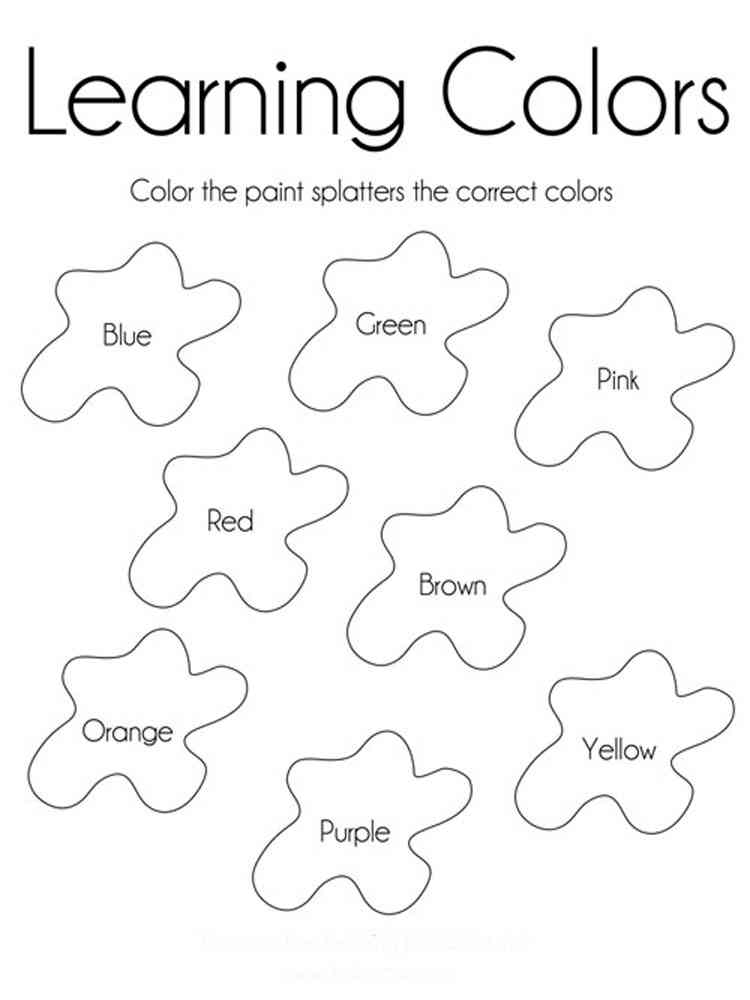
La alfombra roja — “the red carpet”
Los lapices azules — “the blue pencils”
El coche azul — “the blue car”
You can also describe the color of an object by adding de color, literally meaning ‘of color’.
Una casa de color rosa — “a pink house”
Un gato de color gris — “a grey cat”
This does not add to the meaning but is another way to turn a phrase which you can hear from some Spanish speakers. You can also use this as a trick to avoid using gender and number endings if you forgot them, as in this construction, the singular masculine form of the adjective is always used: la alfombra de color rojo (“the red carpet”).
This phrase also allows you to use practically any object as a reference to color. For instance, you can say un coche de color cielo (“a car the color of the sky”). It can be a way out if you can’t remember the word azul or just want to use a different phrase for a change.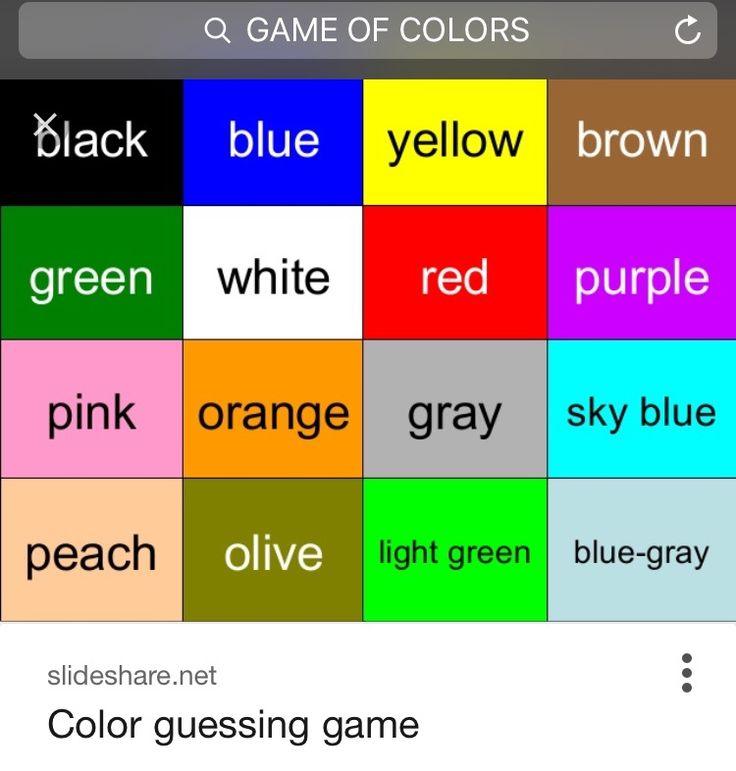
Gender and Numbers for Spanish Colors
In the Spanish language, every noun has a number (singular or plural) and a gender (masculine or feminine). Most color words agree with the nouns they describe in both gender and number.
Some Spanish color words change the ending depending on the gender of the noun, which usually just involves changing the final letter to o for masculine nouns or to a for feminine ones.
un coche amarillo — “a yellow car” (the word coche is masculine)
una taza amarilla — “a yellow cup” (the word taza is feminine)
If the noun described by the adjective is in the plural form, you need to add s or es to the end of the color word. The rule about agreeing with gender still applies!
coches amarillos — “yellow cars”
tazas amarillas — “yellow cups”
Color words that do not change with gender include naranja, azul, verde, lila, gris, rosa, marrón, turquesa, magenta, granate, púrpura, beige, ocre, marfil, añil, bronce, cobre, ámbar, cian, limón, lima, salmón, fucsia, champaña, jade.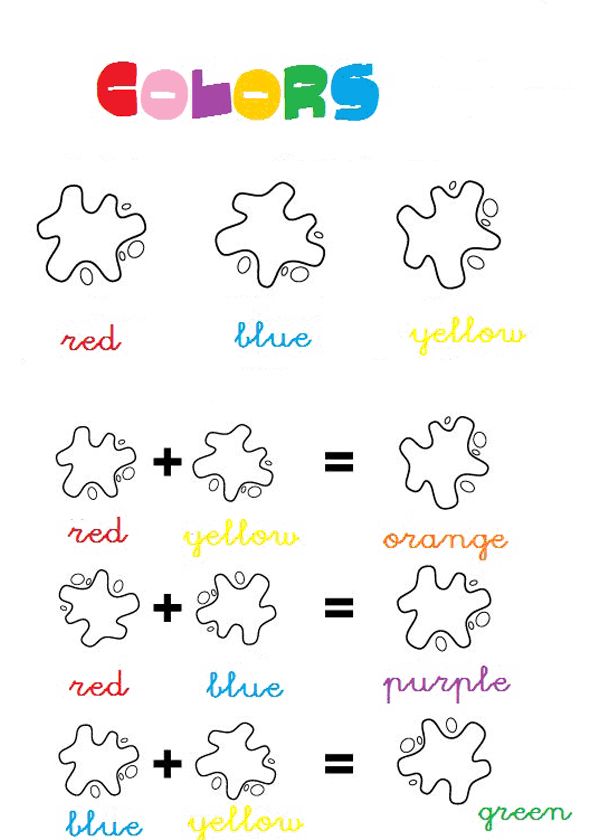
Compound colors, those made of more than one word, using words like claro or oscuro, do not change with gender or number: hojas verde oscuro (“dark-green leaves”).
Sometimes a color word can also be a noun in the sentence: El rojo enfurece a los toros (“Red makes bulls angry” – which is, by the way, not true, but a grammatically correct way to use an adjective rojo as a noun).
The Verbs Ser and Estar, and How They Relate to Colors in Spanish
To describe what color something is, like “the sky is blue”, we often use the verb “to be” in English. In the Spanish language, there are two equivalents to the verb “to be” — the verbs ser and estar.
The verb ser is used to describe permanent states. When you describe the permanent color of an object, you will most likely use this verb.
El cielo es azul. —” The sky is blue.”
Mis gatas son negras. — “My cats are black.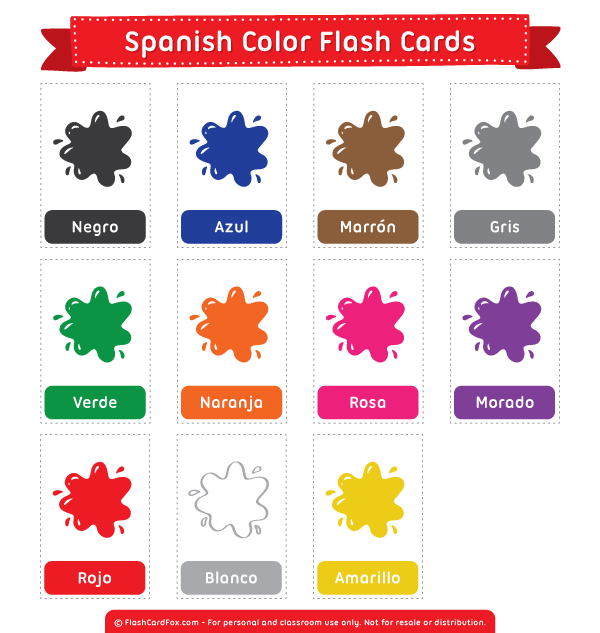 ”
”
Don’t forget about the number and gender agreement. The color words function as adjectives in such phrases as well and the same grammar rules apply.
Another common use of the verb ser is to describe people’s physical appearance, like, for instance, height, as it is pretty permanent — at least in adults: El es alto (“He is tall”).
The verb estar is used to describe temporary states. It is not used with colors in Spanish too often, but it can be used when we want to stress that the object can change its color or is not normally of this color.
Sus ojos están rojos. — “Her eyes are red.” (they are not normally red, but maybe she has been crying)
El cielo está gris hoy. — “The sky is grey today.” (it’s not usually grey, and it’ll likely change its color soon)
These two verbs are very useful when learning Spanish, so don’t forget about them when you are using color words, either.
Useful Expressions with Colors in Spanish
Just like in English, colors in Spanish are used not only to describe the literal color of an object — un coche rojo, una taza blanca.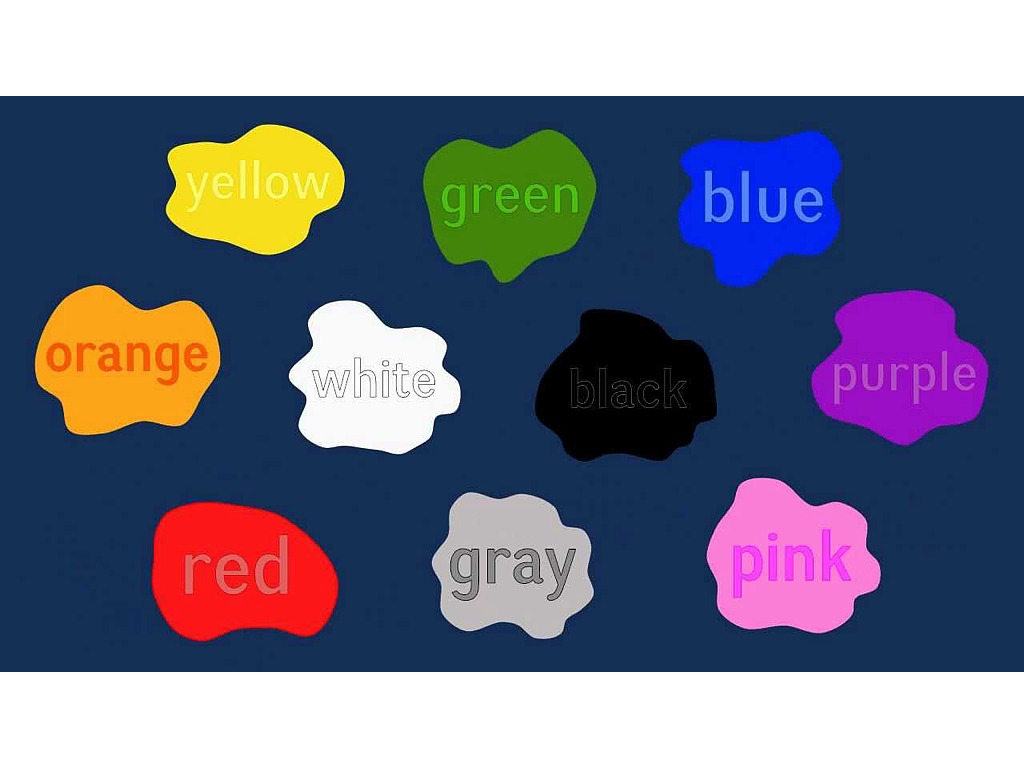 Color words are used in some idiomatic phrases that you can use to make your speech more expressive and a bit ‘more Spanish’.
Color words are used in some idiomatic phrases that you can use to make your speech more expressive and a bit ‘more Spanish’.
Let’s take a look at some useful expressions using color words:
Pensa amarilla — “yellow press” (Ella lee mucha pensa amarilla).
Novela negra — “a crime novel” (No me dustan novels negras).
Ponerse rojo — “to blush” (Cuando lo miro, me pongo roja).
Ver la vida de color rosa — “to be optimistic” (Siempre ve la vida de color rosa).
Chiste verde — “an adult joke” (Él siempre cuenta chistes verdes).
Príncipe azul — “an ideal man, prince charming” (Sigo esperando a mi príncipe azul).
Pasar la noche en blanco — “to have a sleepless night” (Ayer pasé la noche en blanco).
Ponerse morado — “to stuff one’s face, to overeat” (Se puso morado en la festa).
Media naranja — “soulmate, one’s better half” (Por fin he encontrado a mi media naranja).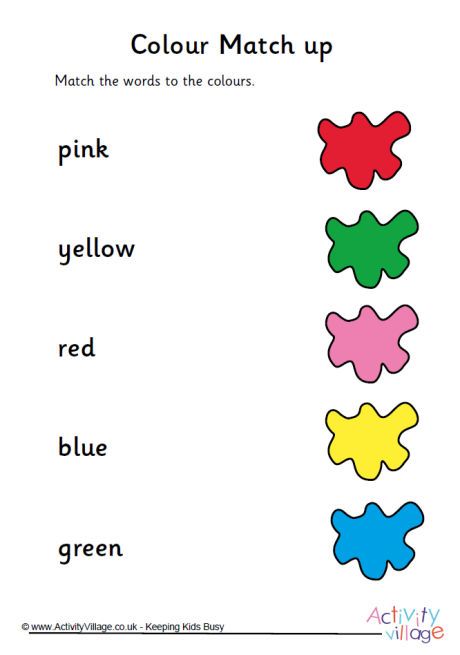
As you can see, colors can be found anywhere — on your cheeks, in someone’s jokes, and even in people’s relationships. Use these phrases to add some “color” to your speech and to impress your Spanish speaking friends with your knowledge of idioms.
Some of these phrases can be easier to understand than others. For instance, the color negro is usually associated with something negative or dark. Some may be more tricky — media naranja (literally, “half an orange”) doesn’t immediately scream soulmate.
If you hear something you don’t quite understand from a Spanish speaker, don’t hesitate to ask. They will probably be glad to explain anyway, and asking for an explanation is much better than a misunderstanding.
You’re On Your Way to Mastering Colors in Spanish!
Colors in Spanish are quite easy to learn and — forgive the repetition — are very colorful. They can be used to describe objects, talk about art, read or even write poetry. Color words can make for very interesting idiomatic expressions.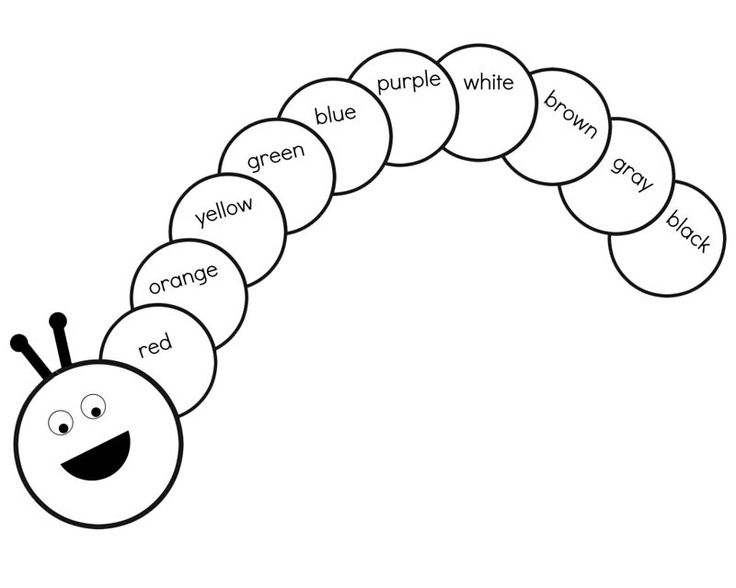
To put it in a nutshell, color words are a great tool for your Spanish vocabulary that will definitely be of great use to you.
Practice Spanish colors with flashcards until you memorize them and use them when speaking Spanish — whenever appropriate, of course — and you will be the master of colors in no time!
Elina Varzi
Content Writer
Elina is the author of a Spanish learning blog that makes it easier for Spanish Learners to have fun and enjoy learning Spanish on an everyday basis.
Speaks: English, Russian, Spanish
View all posts by Elina Varzi
Colors in English with transcription and translation
You and your child can be one of the first to start learning the topic “colors” in English. After all, even ordinary household items will help you with this. Each has its own color or shade. We invite you to immerse yourself in a bright palette and make a “color” dictionary. It will help your child quickly learn words and use them to describe an object.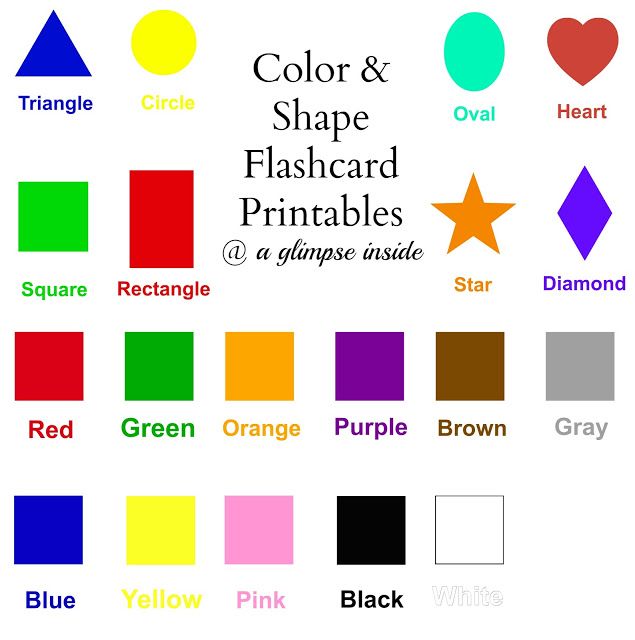
You can play the game “Name the color” when you cook something tasty with fruits or vegetables, pick berries, draw, put toys or things in the closet.
Let's start studying the ten primary colors that are used most often in English.
Yellow - Yellow (Elou) [ˈjeləʊ]
Red - Red (ed]
Green - Green (Green) [ɡriːn]
Orange - Orange (Orendi) [ˈɒrɪndʒ]
Blue - blue, blue (blue) [bluː]
Pink - pink (pink) [pɪŋk]
Brown - brown (brown) [braʊn]0009 - purple (purple) [ pɜːpl ]
White - white (white) [ waɪt ]
Black - black (black) [ blæk ]
When your little student gets to the big pack of pencils, questions will definitely arise: “ Mom, what color is this? Is this like red, only darker?”
So that you have a safety net in such a case, we give examples of more colors-shades in English.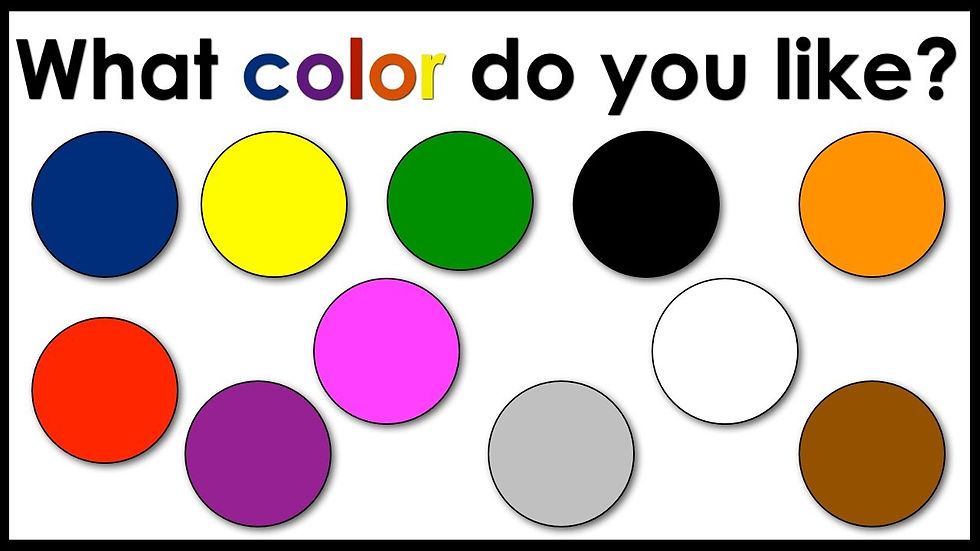
gray [greɪ] gray (grey)
silver [ˈsɪlvə] silver (silver)
SAND [Sænd] Sand (Sand)
Vinous [ˈvaɪnəs] Borde (vinos)
CHOCOLATE [ˈʧɔKəlɪt] Chocolate (Chokoko)
IVORY [ˈAɪvərɪ] Colonial bone color 9000 Salmon color 9000 Salmon. [ˈSæmən] Orange-pink (salmon)
Laver [ˈlævɪndə] Pale-purple (lander)
PLUM [PLʌM] Covenic (PLM)
Maroon [məˈruːn] dark-beard (Marun)
CRIMSON [KRAM ] crimson (crimson)
If you want to give the description of an object shades, saturation or other coloring, use the following 5 words. Light Pale - pale (pale) [peɪl]
To consolidate all the words from our color dictionary, we suggest playing the game “What color?”.
You are hiding an object and the child is trying to guess what color it is.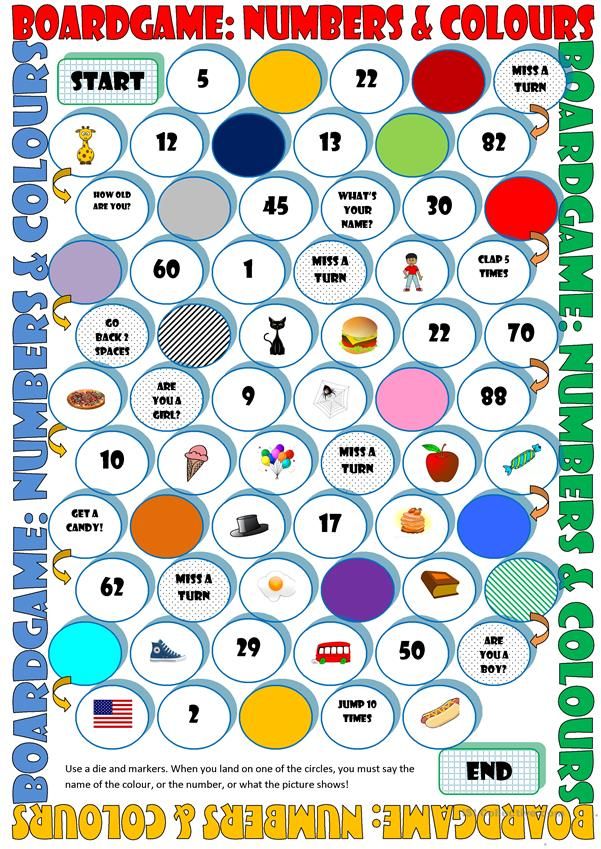
- What color is it?
- Is it ... (color)?
- Yes, it is. (No, it isn't) - Yes. (No)
When you understand the basic colors and shades, you can look at this picture with your child. It will help visually remember the colors.
We wish inspiration to your child!
He will succeed! Especially with your support.
In this article you will find all the information about how the colors will be in English with translation for children. As well as games, interesting memory rhymes and much more to help your child learn English flower names.
The human eye can distinguish a huge number of shades of our bright and diverse world. The average person is well versed in about 150 primary colors, but a professional can already distinguish up to 10 thousand shades under certain conditions.
But for children, everything is much simpler: in order to understand the world around them and describe it, they need to know only a few basic colors in their native language.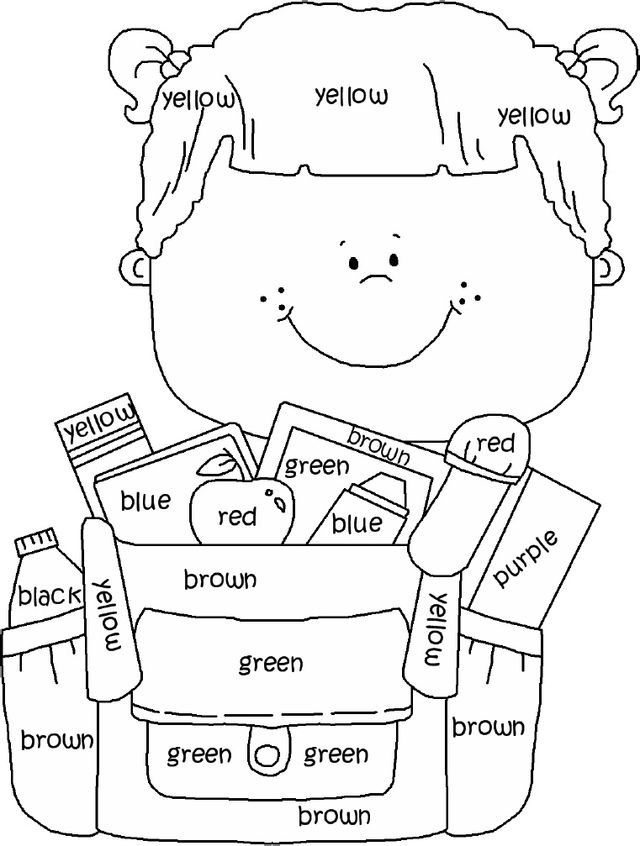 Today we will tell you how best to present basic colors in English for children so that they are interested, and parents do not get bored.
Today we will tell you how best to present basic colors in English for children so that they are interested, and parents do not get bored.
Basic colors and concepts
Before you teach your child about colors, you need to be sure that you yourself know the basic concepts and definitions.
Color . This is how the word "color" is translated into English.
Note that the "-ur" ending is the British spelling. In American English, this word would be spelled "color". It is included in the top differences between British and American English, which you can read more about in this article. By the way, the gray color will also have different spellings: gray (BrE) and gray (AmE).
Each color has a huge number of shades (shades), they can be warm (warm) or cold (cool), neutral (neutral) or saturated (intense / vibrant).
There are 15 primary colors, which are considered basic and are the basis for other shades.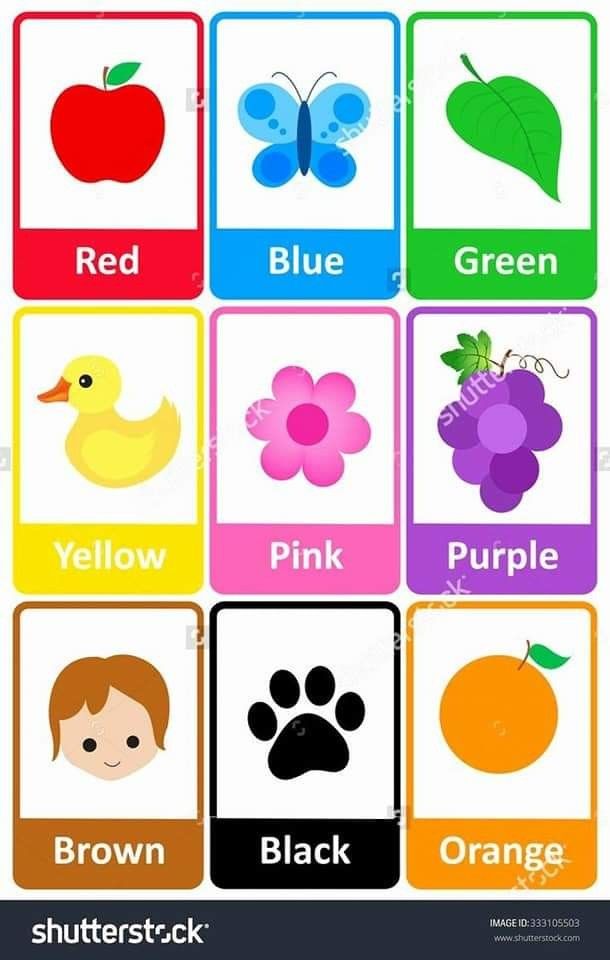
Of which 3 are neutral:
- white
- black
- gray
And 12 - the rest:
- red
- orange
- brown
- beige
- yellow
- light green
- green
- light blue
- blue-green
- blue
- violet / purple
- pink / magenta
If you need English for children, you don't have to learn colors all at once. Start with the primary colors: red (red), green (green), blue (blue), yellow (yellow) and, of course, do not forget about black (black) and white (white).
Complex colors can be designated by simply adding two basic names. For example: red-orange (red-orange), blue-violet (blue-violet) and so on. However, such colors in English for children should be used only when the child is already well aware of the names of the primary colors. And how the baby to learn them - read below.
Learning colors: games and memory
The easiest way for a child to memorize the colors that often surround him in everyday life and in subjects that are familiar to him. Fruits and vegetables are good for this purpose. Learning colors in this way, English for children will not be another boring activity, but an exciting game. And parents, in turn, will be able to easily feed the child with healthy products, which is sometimes not so easy to do.
Fruits and vegetables are good for this purpose. Learning colors in this way, English for children will not be another boring activity, but an exciting game. And parents, in turn, will be able to easily feed the child with healthy products, which is sometimes not so easy to do.
Look in the refrigerator. Which of the products available there can clearly demonstrate color to a child? Here are the simplest examples: green apple, orange carrot, yellow banana, red tomato, white milk, brown potato, and so on. True, not all of them can be found in the refrigerator, so it is better to take children's toys or cards as examples of colors such as purple, pink, blue, beige and black.
For practice, ask your child questions about the color of an object in English. So you will not only repeat the colors with him, but also learn the names of the things around you. Visual demonstrations are one of the best ways of remembering not only for children, but also for adults, because visual memory is also connected to auditory memory.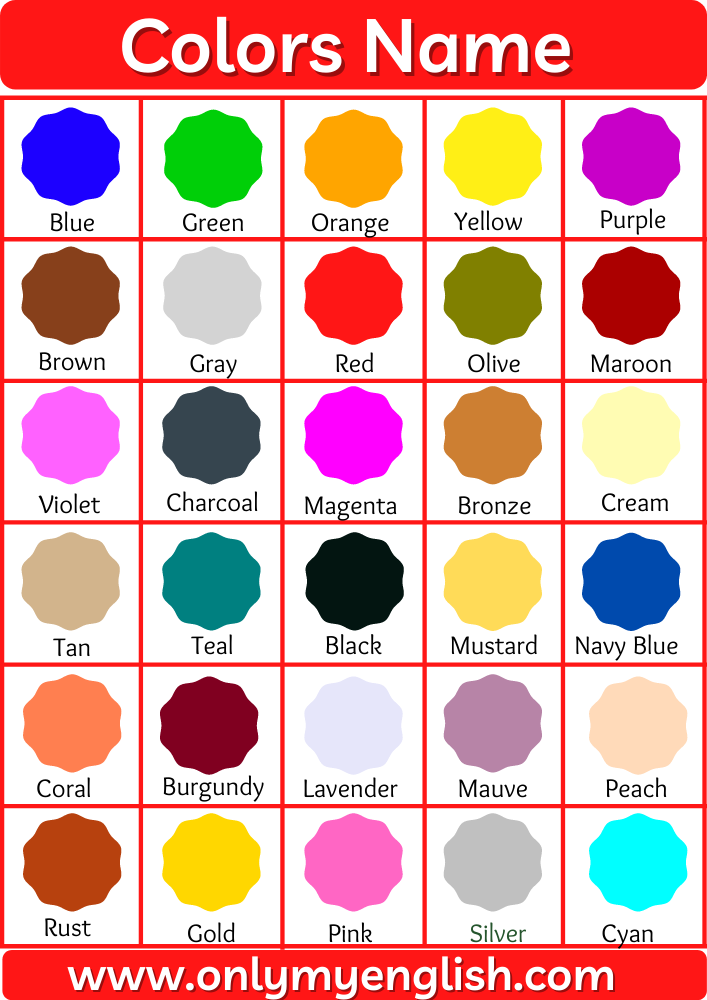 If you don't have the items you need, you can always use ready-made picture cards or other simple and clear images.
If you don't have the items you need, you can always use ready-made picture cards or other simple and clear images.
Even during everyday activities and games with children, you can start a dialogue game with them and ask questions about colors:
What color is this apple? (What color is this apple?)
— It's green. (It's green)
What color is this banana? (What color is this banana?)
— It's yellow. (He is yellow)
and so on.
One of the good and versatile items for learning colors with a child is regular colored pencils. The standard set contains all the colors you need to learn, and the process itself can easily be turned into another game.
Ask your child questions about color, taking different pencils out of the box one by one:
What color is this pencil? (What color is this pencil?)
— It's pink. (He's pink)
— And what color is this one? (What color is this one?)
Blue.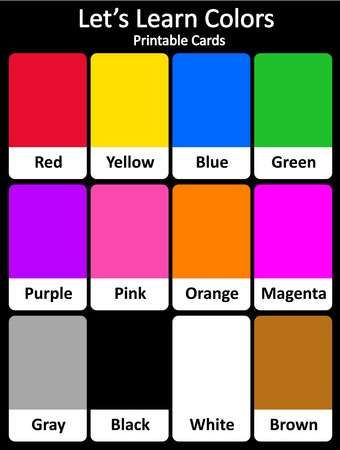 (Blue)
(Blue)
and so on.
The same pencils can be used to create color cards. Cut out rectangles from white cardboard and color them, signing each of them with a color in English. Cards can be taken with you and entertain the child during a walk. For example, taking out a green card, ask him to remember the name of the color and find it on the street. The child, in turn, must find a green object (grass, leaves, etc.) and show it to you.
When the child knows the basic names of colors and can easily distinguish them, you can move on to more complex exercises at home, which will not only help him remember the colors, but also keep him busy for a while.
First, ask him to draw you the subject you learned color from. For example, yellow banana, red tomato, pink pig, etc. When the child can easily cope with this task, complicate it as follows: let the child draw something using an unusual color for this. Purple lemon (violet lemon), pink banana (pink banana) and more, what your imagination is capable of.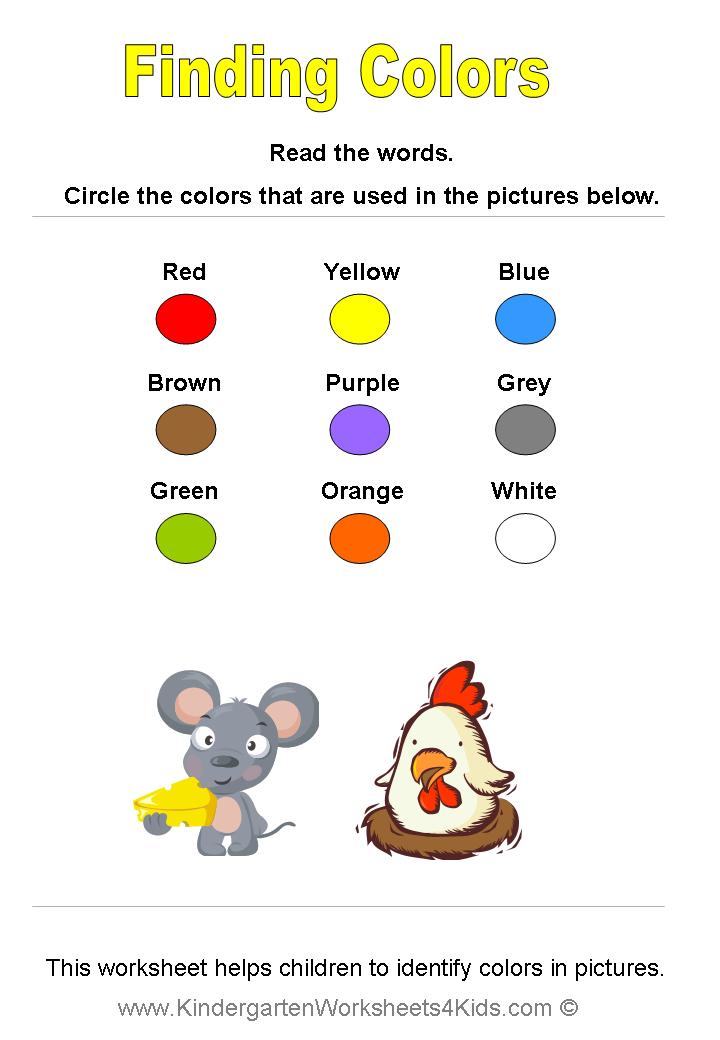
One of the easiest ways to learn primary colors is, of course, the rainbow. It consists of seven bright colors, the names of which should already be known to the child in Russian. Therefore, when your baby can name all the colors of the rainbow in the correct order without errors, then you can replace the Russian names of colors with English ones. For clarity, it is better to use the image of the rainbow or draw it yourself.
Play a puzzle game with your child: take colored cards and show them to your child and say the wrong color. He, in turn, must correct you and say the correct color in English. Believe me, the child will enjoy correcting you and “winning” in this game.
Another variant of the mindfulness game is to take cards already well known to the child, ask him to close his eyes, remove one of the colors and ask him to name the color that is missing.
Also, in learning colors in English with a child, parents will come to the aid of cartoons and educational videos.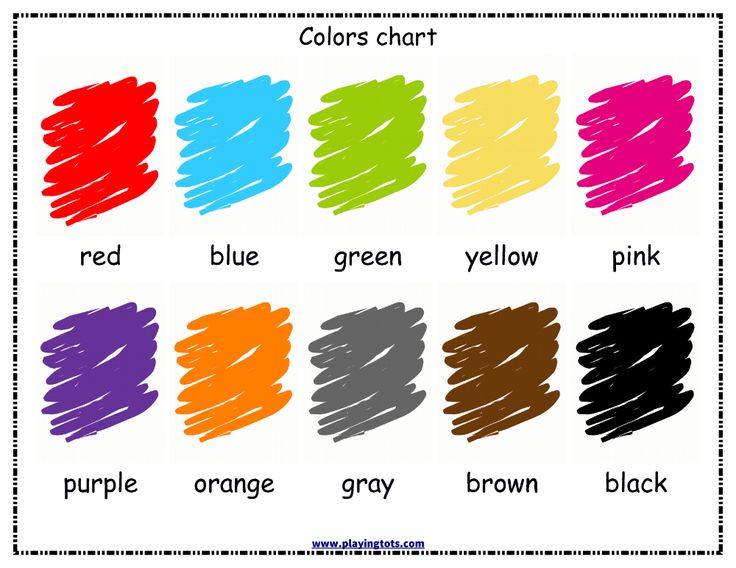 As a rule, all children's cartoons are bright and colorful. The main and secondary characters have their own distinctive colors, and that's exactly what you need to ask them to name the child during the next viewing.
As a rule, all children's cartoons are bright and colorful. The main and secondary characters have their own distinctive colors, and that's exactly what you need to ask them to name the child during the next viewing.
There are many ways to make English fun for toddlers. Colors can also be taught with the help of special verses and "agreements". These are such short rhyming couplets that end in the name of a certain color in English.
Here are some of them:
I will catch fish in the sea,
In the blue sea, blue - blue
Hey, look here quickly:
Gray bunny jumps - gray
Ripe, fresh apples color
English red - red
White snow flies in winter,
White, in English - white
White snow began to melt,
And the earth turns black
We picked ripe apples,
Yellow-yellow, it means - yellow
Orange box full,
All orange
The boy Styopa ate grapes,
Purple he is purple
Frog, look,
All so green - green
We all like chocolate,
He is brown, he is brown
Mischievous pig
pink
You can always come up with your own agreements and rhymes.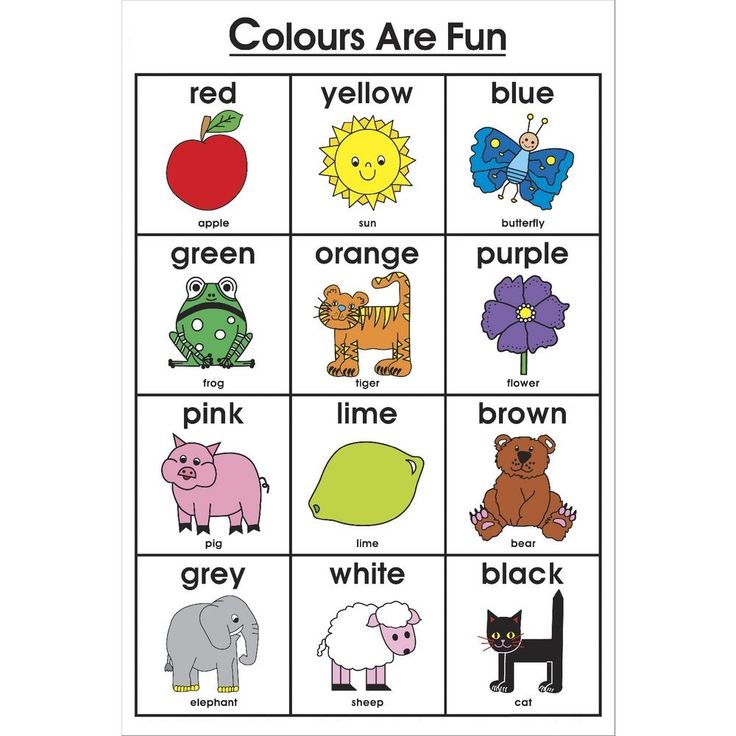
There is also an English verse for memorizing flowers and things around the child:
Let's learn the colors song together
An apple is red, a lemon is yellow
Leaves are green, the sky is blue
Carrot is orange, berries are purple
Night and day for black and white
Rainbows are always bright
Let's sing a flower song together
Apple - red, lemon - yellow
Leaves are green, sky is blue
Carrots - orange, berries - purple
Night and day - black and white,
Rainbows are always bright
And here is a funny song with color memorization actions:
If you are wearing red, shake your head.
If you are wearing blue, touch your shoe.
If you are wearing green, bow to the queen.
If you are wearing yellow, shake like Jell-O.
If you are wearing black, pat your back.
If you are wearing brown, turn around.
If you wear red, shake your head.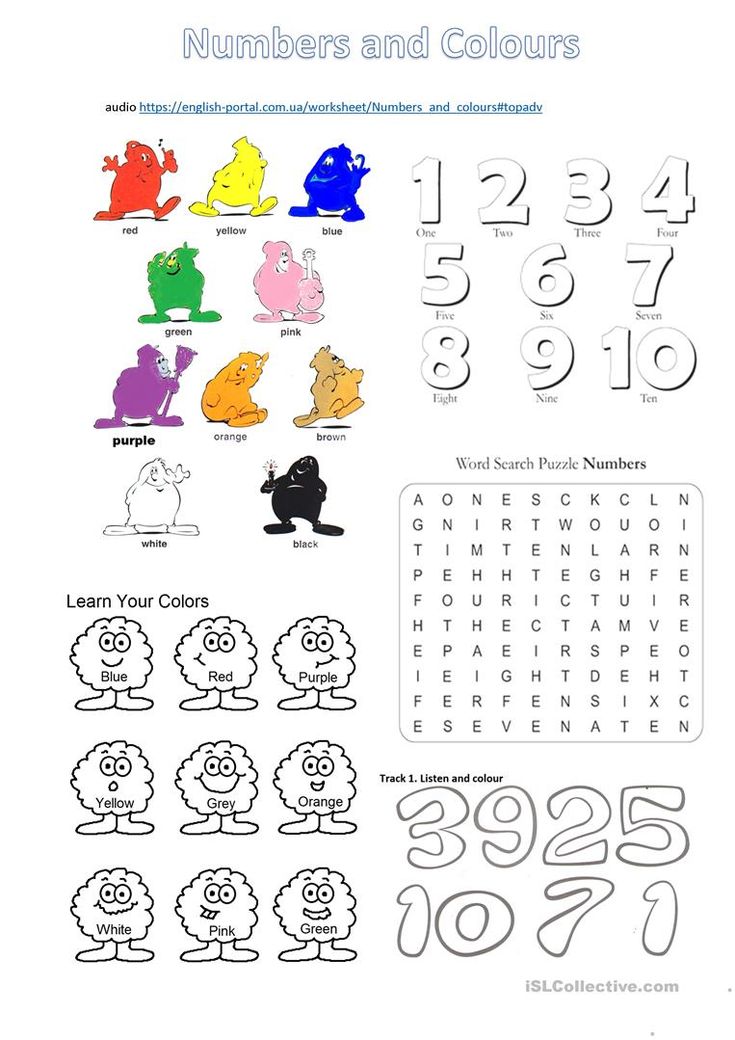
If you're wearing blue, touch your boot.
If you wear green, bow to the queen.
If you're wearing yellow, shake like jelly.
If you're wearing black, pat yourself on the back.
If you're wearing brown, turn around.
As you can see, English is not that difficult: colors for kids are a simple and fun topic if you get creative with it. Here are some more tips for learning colors with kids:
- Look in the mirror
We often need colors to describe someone's appearance. Start with yourself and your child. Name your eye color (I have green eyes - I have green eyes) and ask the child to say what color his eyes are. Remember with him the colors of the eyes of mom, dad, grandma, grandpa and other family members.
- Look around
It will be easy for a child to learn colors when he sees them in front of him regularly. For example, taking a banana out of the refrigerator, ask the child to remember its color in English (yellow), ask what T-shirt he wants to wear today (black, white or blue - black, white or blue), what color is his toothbrush, cup and so on.
- Make stickers
Connect visual memory to the study of colors: choose objects at home that best match a particular color and stick stickers with the name of the color on them. After that, you can complicate the task and add the name of the subject itself so that the child expands his vocabulary. For example: brown chair (brown chair), white lamp (white lamp), red book (red book), etc.
- Repeat
As soon as you learn the basic colors in English with your child, look for any convenient opportunity to practice them. It is best to talk about everything that meets the child around. At the same time, it is worth making simple, but whole sentences, and not learning colors out of context. Let the child name the color of a certain object not just like that (blue, yellow, green), but with a complete sentence: The sky is blue (The sky is blue), The grass is green (Green grass), This bus is yellow (This bus is yellow), etc. .d. This will help him, firstly, immediately form speech and be able to express his thoughts more fully, and, secondly, will allow him to expand his basic vocabulary.